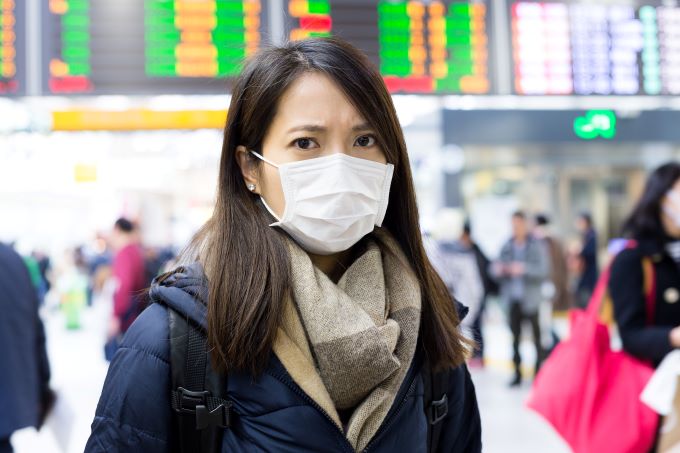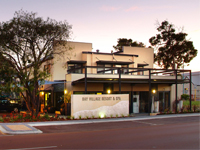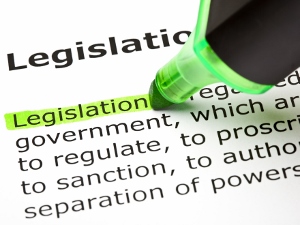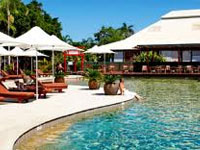
Coronavirus a “significant” new tourism threat
The coronavirus outbreak in China could significantly affect Australia’s travel sector in the wake of the bushfire crisis, according to airline industry analysts Moody’s.
Australia hosted more than 1.3 million Chinese tourists in 2018 spending $11.5 billion, many travelling Down Under for the traditional Lunar New Year holiday festivities which began this year on Saturday and last for some 23 days.
China has locked down several cities around Wuhan and suspended flights into and out of the epidemic hub, a process restricting travel for some 36 million people.
The flu-like illness has officially killed 41 and infected at least 1,287 people, leaving health authorities around the world scrambling to take action to prevent a global pandemic.
Arnon Musiker, senior vice president at Moody’s, said on Thursday: “While the World Health Organisation (WHO) has to date not recommended any travel restrictions, if the effect on regional travel is similar to that during the SARS outbreak in 2003, passenger volumes between Asian destinations – particularly China – and Australia could be significantly affected over the next 2-3 quarters.
“Any decline in passenger volumes would add to the challenging operating conditions facing Australian airports, including moderating passenger volumes due to lower arrivals from China, tepid consumer confidence and the impact of the bushfires on the peak holiday season.”
Dean Long, CEO of the Accommodation Association, said hotels were experiencing overseas cancellations for the long weekend and over Lunar New Year before the reporting on the coronavirus outbreak.
“This was a direct result of the air quality and safety issues raised as a result of the global media coverage on bushfires,” he told AccomNews.
“Where business is directly linked with Wuhan there are cancellations and we are seeing some wash of transient tour business over this period.
“The association and industry are obviously concerned, but at this stage we are keeping a watching brief and taking advice from the World Health Organisation, the Australian government who have activated controls at the borders and protocols with our chief medical officer staring that ‘we are well prepared’, and Tourism Australia.”
Chief medical officer Brendan Murphy said this week biosecurity officials were screening passengers arriving on the three weekly flights between Sydney and Wuhan.
But he said Australia would not begin scanning passengers from China for higher body temperatures, a precaution previously used during the Severe Acute Respiratory Syndrome (SARS) outbreak which killed some 800 people globally in 2002/03. Murphy said recent evidence indicated body-temperature screening was ineffective and created a false sense of security.
Moody’s argues the effects of the coronavirus restrictions on Australia’s tourism industry are exacerbated by the fact that we host a “significantly higher” number of Chinese travellers today than we did during the SARS epidemic. Tourists from China now account for more than 15 percent of total short-term inbound travellers to Australia, Musiker said, compared with just 4 percent in 2003.
However, the coronavirus threat has been far more quickly identified that the SARS one, allowing for a speedier and more effective preventive effort across China, Asia Pacific, North America and Europe.
WHO officials have so far refrained from classifying the outbreak as a “public health emergency of international concern” as it seeks to contain the outbreak without disrupting economic activity.
But as cases continue to be confirmed in Australia and locations around the world, a reclassification could be imminent.

AccomNews is not affiliated with any government agency, body or political party. We are an independently owned, family-operated magazine.






